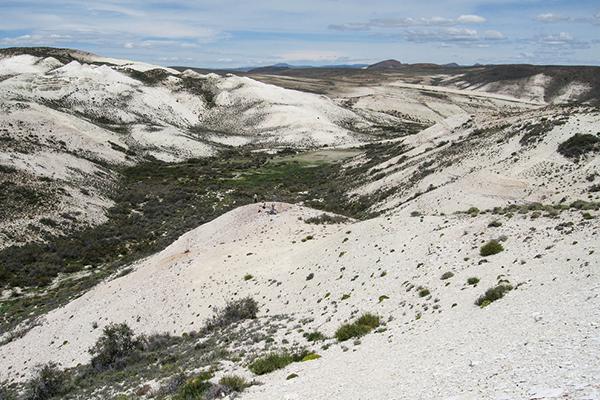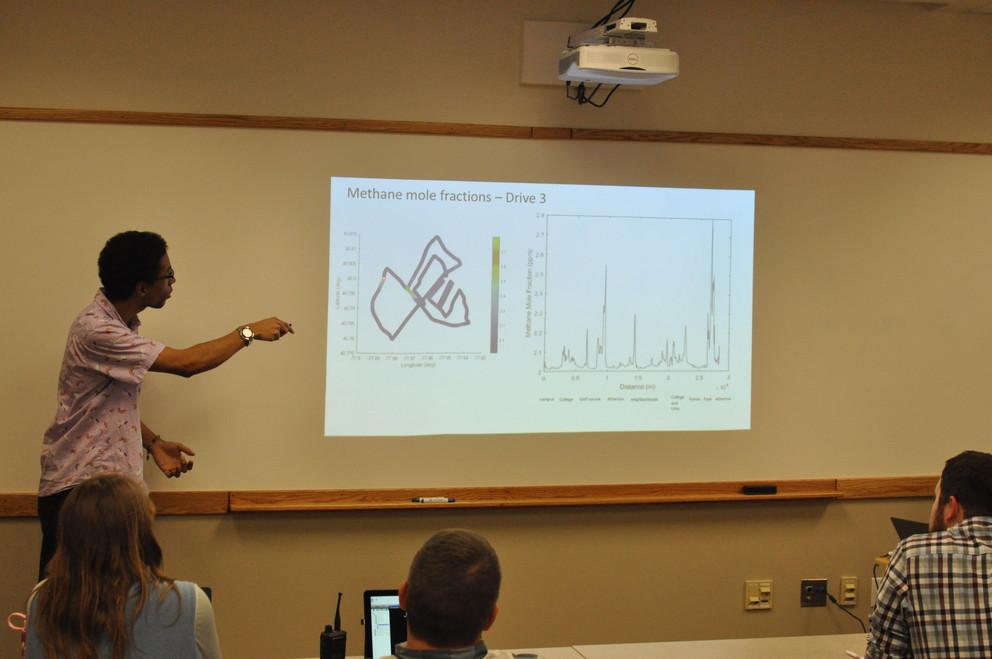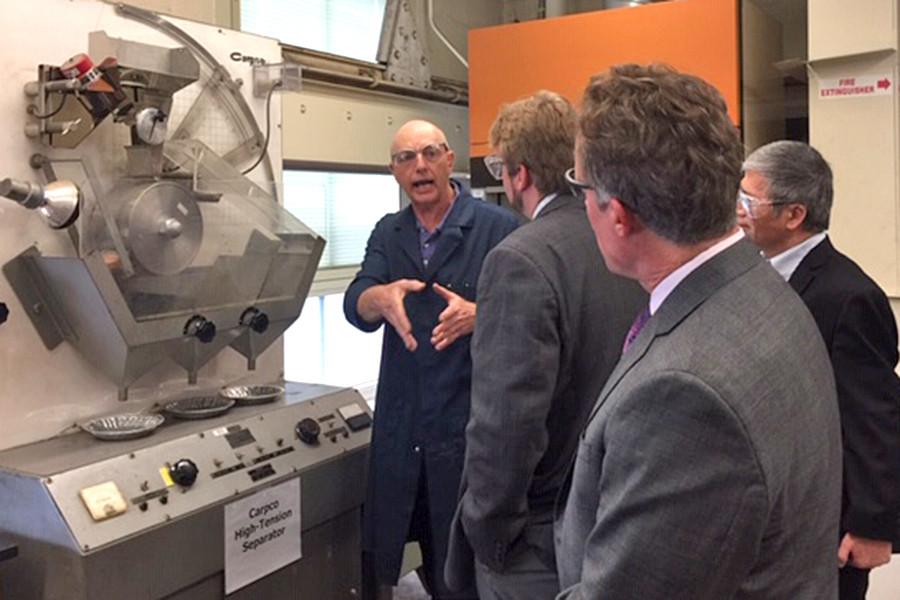One of the world's most important plant families has a history extending much farther south than any live or fossil specimen previously recorded, as shown by chinquapin fruit and leaf fossils unearthed in Patagonia, Argentina, according to researchers.
The origin of flaked-stone tool production is older than 2.58 million years ago, according to an international team of scientists working at the Bokol Dora 1 archaeological site in the Afar region of Ethiopia. Previously the oldest evidence of flaked-stone tools was younger than 2.58 million years ago.
Bacteria may be the key to understanding how life survived after the mass extinction that killed the dinosaurs.
Penn State student Colton Milcarek recently loaded a suitcase-sized instrument into a car and set out across State College to sniff out potential greenhouse gas leaks.
Chris Forest, professor of climate dynamics at Penn State, has been named a Senior Fellow for Project Drawdown. Senior Fellows are “systems thinkers,experts in their field and Drawdown Ambassadors to the world.” He is the first Penn Stater to receive the honor.
Edward Steidle, former dean of Penn State’s College of Mineral Industries, the predecessor of the present College of Earth and Mineral Sciences, wrote these visionary words in 1952: “American industry will be faced not only with a lack of raw materials at home, but also with the difficulty of obtaining supplies abroad.”
Before studying abroad through the GREEN Program, Jacob Kaminski didn’t have a clear vision of how he could address sustainability challenges around the world. But his study abroad trips to Iceland and Japan radically expanded his perspective.
A technique that introduces carbon-hydrogen molecules into a single atomic layer of the semiconducting material tungsten disulfide dramatically changes the electronic properties of the material, according to Penn State researchers who say they can create new types of components for energy-efficient photoelectric devices and electronic circuits with this material.
In the community of New Kensington, situated about 17 miles northeast of downtown Pittsburgh, signs of economic downturn are evident.
While methane pollution caused by natural gas production in Pennsylvania is underestimated by the U.S. Environmental Protection Agency, natural gas still has half the carbon footprint of underground coal mining, according to an international team of researchers.










